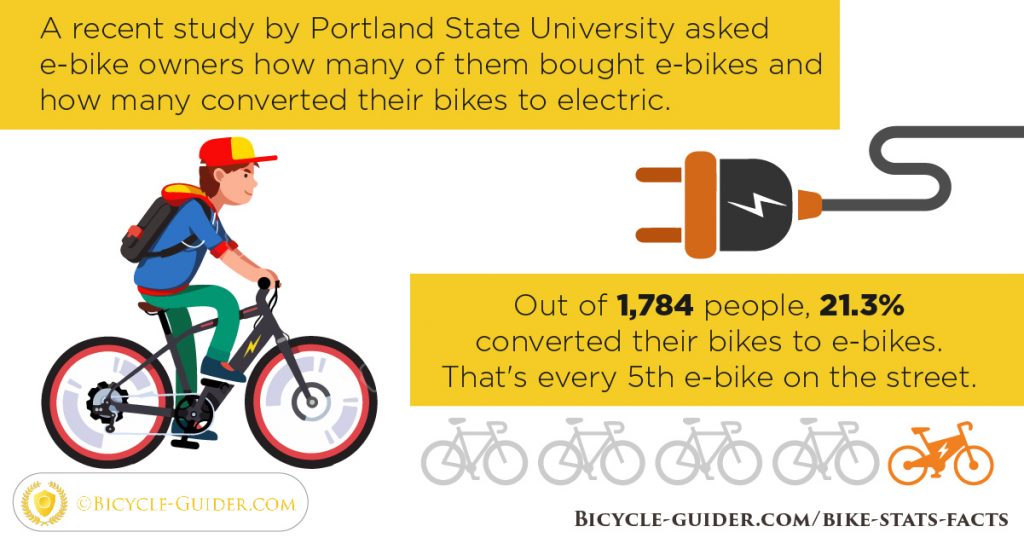Understand The Legal Demands In Your Area To Ride Your E-Bike Both Safely And Legally
Understand The Legal Demands In Your Area To Ride Your E-Bike Both Safely And Legally
Blog Article
Composed By-Goldberg Salomonsen
Prior to you hop on your e-bike and hit the streets, it's crucial to comprehend the regulations and laws that govern your city. From rate limitations to marked riding locations, there's a great deal to think about to guarantee you're compliant and safe. By acquainting yourself with the regulations specific to e-bikes, you'll be better outfitted to enjoy your rides without any unforeseen legal concerns. Remain tuned to uncover key understandings that will help you browse the e-bike landscape in your city flawlessly.
Recognizing E-Bike Classification
When it pertains to navigating the realm of e-bike legislations and guidelines, an essential beginning factor is understanding the category system that categorizes these electrical bicycles. E-bikes are usually categorized right into 3 main categories: Class 1, Class 2, and Class 3.
Course 1 e-bikes are pedal-assist only, implying they provide support while the biker is pedaling and have a maximum speed of 20 miles per hour. These bikes are allowed areas where standard bicycles are allowed.
Course 2 e-bikes are geared up with a throttle that can push the bike without pedaling. They additionally have a maximum speed of 20 miles per hour and appropriate for bikers who might require help without pedaling constantly.
Course 3 e-bikes are similar to Course 1 but with a greater maximum speed of 28 mph. These bikes are usually limited from specific bike courses or tracks due to their higher rates.
Understanding these classifications is vital for following neighborhood regulations and guaranteeing a risk-free and enjoyable e-biking experience.
Browsing Rate Limits and Restrictions
To effectively browse e-bike regulations and regulations, it's important to comprehend the rate restrictions and restrictions that apply to different classes of electric bicycles.
Speed limitations for e-bikes differ depending on the category of the bike. Class 1 e-bikes, which are pedal-assist only and have a maximum speed of 20 mph, are commonly allowed on bike lanes and courses.
Course 2 e-bikes, which have a throttle along with pedal-assist and also reach speeds of approximately 20 miles per hour, might be limited in specific locations where motorized vehicles aren't permitted.
Course 3 e-bikes, with pedal-assist as much as 28 mph, are normally required to follow the very same policies as standard bicycles.
It is necessary to abide by these speed restrictions and constraints to ensure your security and the security of others on the road. Before riding your e-bike, familiarize on your own with the particular policies in your city to prevent any kind of prospective fines or legal concerns.
Where to Trip Your E-Bike
To establish where you can ride your e-bike, it's essential to recognize the guidelines and guidelines certain to your area. In a lot of areas, e-bikes are normally permitted on roads and streets where traditional bicycles are allowed. This may include bike lanes, bike paths, and shared roads. Nonetheless, https://ebiketips.road.cc/content/reviews/moped-style-e-bike/yamaha-booster-easy-4935 to inspect neighborhood laws as some cities may have particular restrictions on where e-bikes can be ridden.
When riding your e-bike, always prioritize safety by complying with traffic guidelines and appreciating pedestrian pathways. Furthermore, bear in https://www.google.com/maps/place/ZuGo+Bike/@30.262856,-97.758557,16z/data=!4m6!3m5!1s0x8644b51416d6be09:0x41e016862e4d8a94!8m2!3d30.2628555!4d-97.7585568!16s%2Fg%2F11fs_r7gtl?hl=en&entry=ttu&g_ep=EgoyMDI0MTAyMy4wIKXMDSoASAFQAw%3D%3D of marked bike lanes or courses in your area and utilize them whenever possible to make sure a smoother and much safer trip.
Some cities also have regulations concerning e-bike use on pathways, so make certain to familiarize yourself with these regulations to prevent any penalties or fines.
Conclusion
Since you're familiar with the legislations and regulations surrounding e-bikes in your city, you can confidently hit the road recognizing where you can ride and what constraints apply to your e-bike category. Keep in mind to constantly prioritize safety and adhere to the regulations to guarantee a smooth and lawful adventure. Pleased riding!
